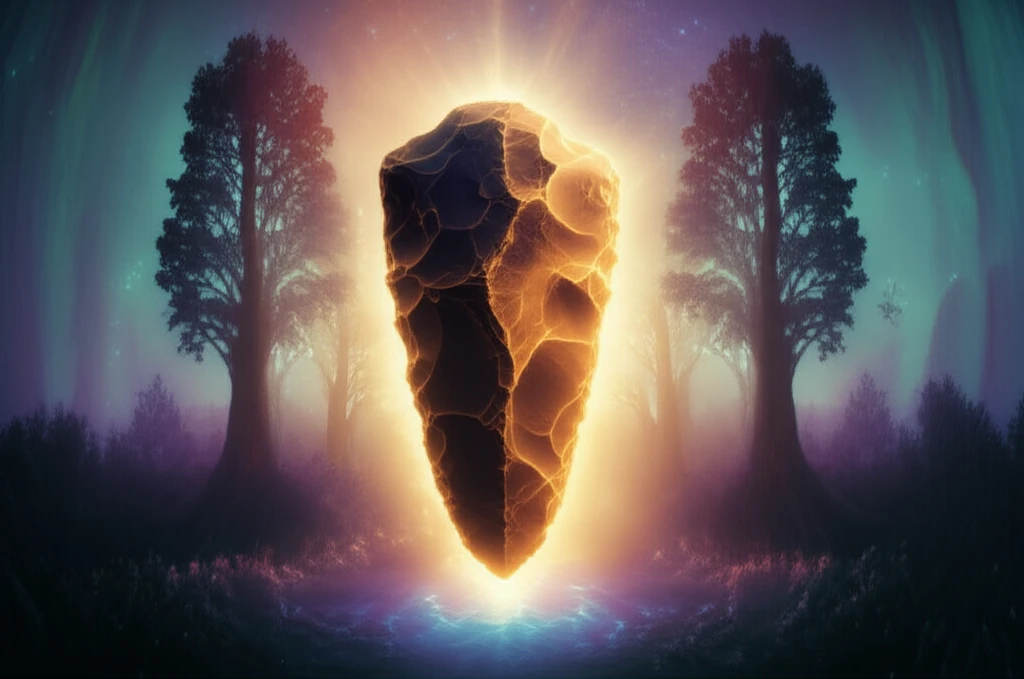
Unlock Your Inner Caveman: How Ancient Minds Can Heal Modern Stress
"Could reconnecting with the way our ancestors perceived the world be the key to finding peace and meaning in our chaotic lives?"
In our fast-paced, technology-driven world, it's easy to feel disconnected from ourselves and the natural world. We often find ourselves searching for meaning and purpose, struggling with stress, anxiety, and a sense of alienation. But what if the answers to our modern woes lie in the wisdom of our ancient ancestors?
This article delves into the fascinating concept of 'original participation,' a way of perceiving the world that was natural to our early human ancestors. By exploring the art, spirituality, and consciousness of Acheulean humans (who lived over a million years ago), we can uncover valuable insights into how to heal our dislocated modern consciousness and find a sense of belonging.
We'll examine the evidence suggesting that these early humans possessed not only a remarkable aesthetic sense but also a sacramental consciousness, deeply connected to the world around them. Prepare to challenge your assumptions about human history and discover how reawakening this primal mindset can lead to a more enchanted and fulfilling life.
The Acheulean Mindset: Beauty, Purpose, and the 'Great Hand Axe Tradition'

The Acheulean period, spanning from 1.7 million to 200,000 years ago, offers a unique window into the evolution of the human mind. What's particularly striking about this era is the presence of the 'Great Hand Axe Tradition' – perfectly crafted stone tools exhibiting a remarkable sense of symmetry, proportion, and aesthetic appeal. These tools weren't just functional; they were objects of beauty, suggesting that our ancestors possessed a deep appreciation for form and design.
- Emblems of dedication and skill.
- Expressions of a devotional interaction with the living stone.
- Prayers in stone, reflecting a connection to something larger than themselves.
Re-Enchanting the Modern World: A Path to Healing and Wholeness
Rediscovering 'original participation' isn't about escaping to the past; it's about transforming our present. By recognizing the inherent sacredness in the world around us and cultivating a sense of connection with all living things, we can begin to heal the alienation and fragmentation that plague modern life.
This re-enchantment involves a shift in perspective, from viewing the world as a collection of separate objects to experiencing it as a living, interconnected whole. It means embracing the wisdom of our senses, cultivating our innate capacity for beauty, and recognizing the power of ritual and creativity to connect us with something larger than ourselves.
As psychologist Lawrence LeShan wisely advised, 'Don't worry about what the world wants of you. Worry about what makes you come alive because what the world needs is people who are more alive.' By embracing our primal connection to the world, we can tap into a source of healing, wholeness, and renewed purpose, becoming more fully alive and contributing to a more enchanted future for all.
